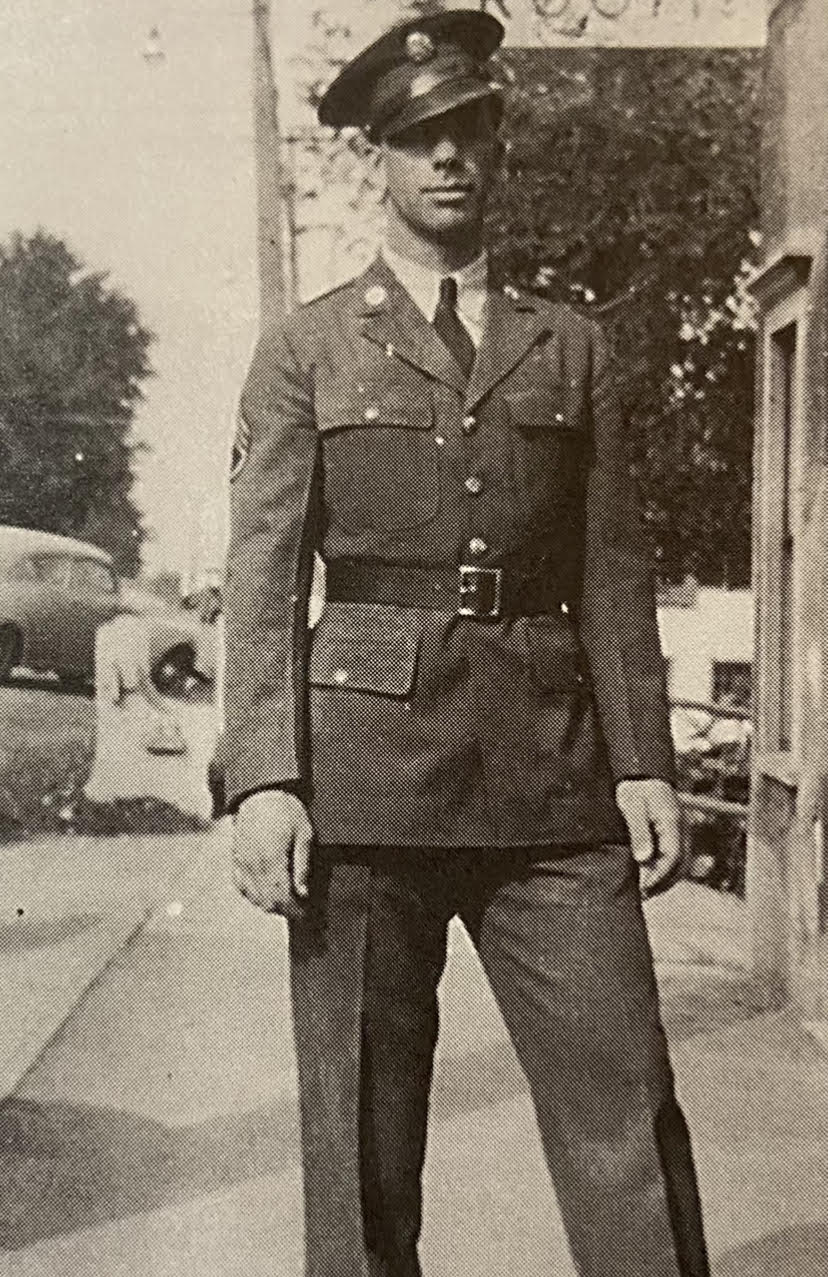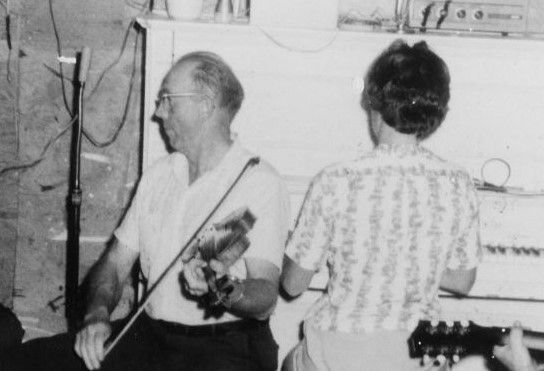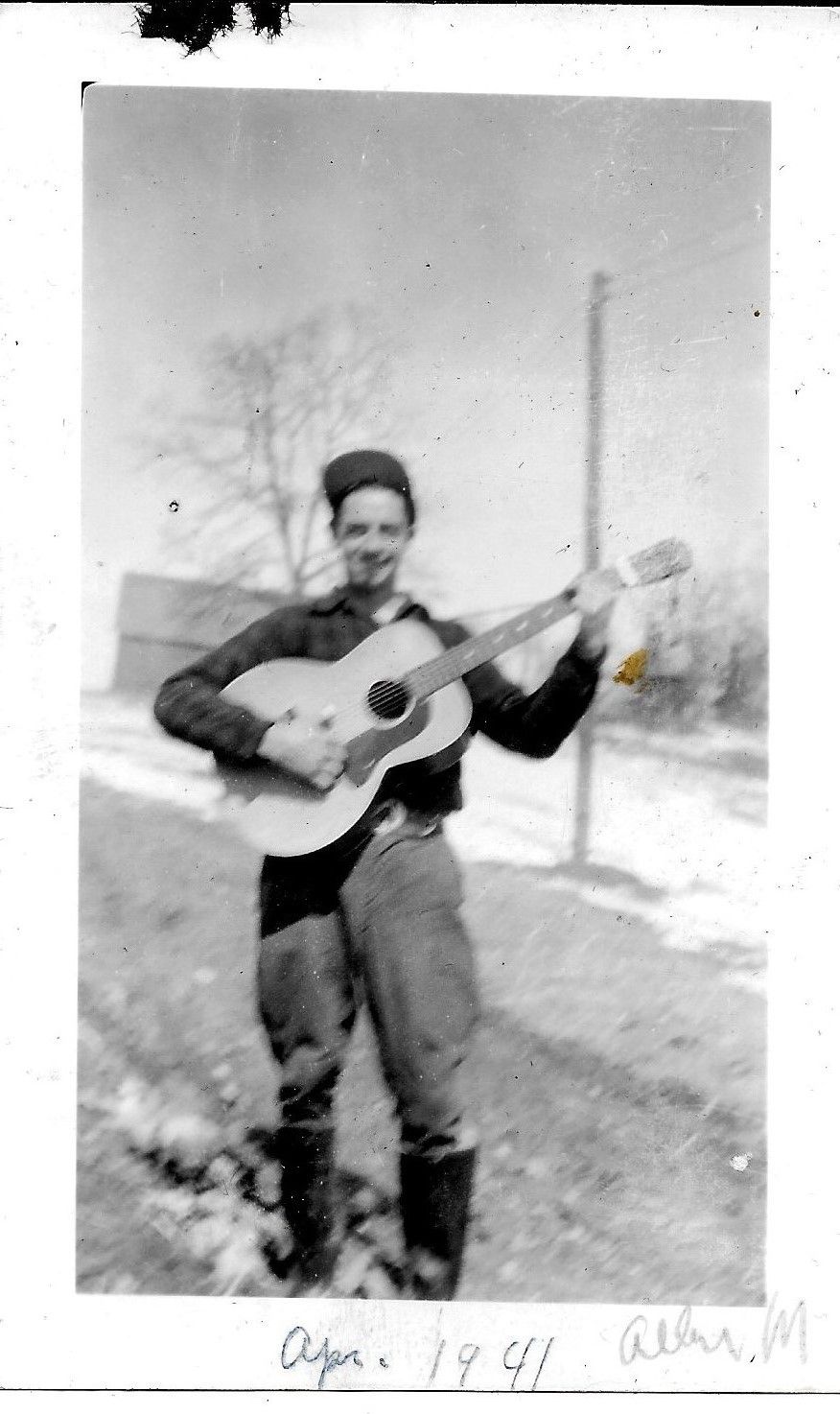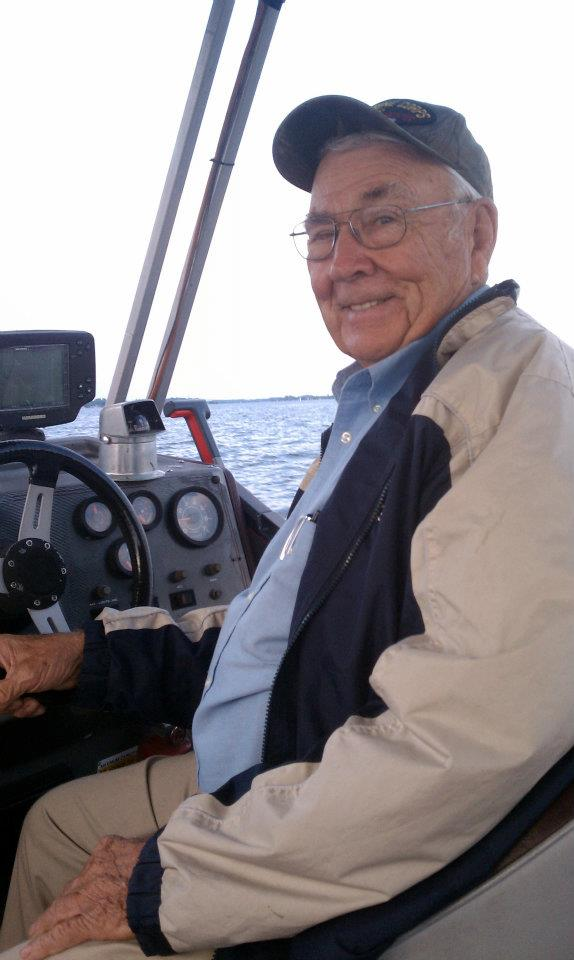Just west of the house that I lived in, on the south side of Grindstone Island, was the home of Maude and Lawrence Garnsey. At that time, the farmhouse had a small, combined kitchen/living room with two bedrooms, all on a single floor. Near the house stood a small barn; this story is about the barn and in particular, the dance that occurred there in October of 1941, when I was ten years old.

In an island community without electric power or telephone, how news or information, plain gossip or local events, passed around so quickly, I still do not know. The barn dance was an almost twice a year event, so everyone knew about it. Only the day of the month remained to be determined.
The barn never revealed its intended use, smallish, maybe 30 feet wide. The back of the building sat on a rock formation with one double-hinged door that led to nothing. The front of the barn with two large doors was raised about two feet above the ground level. There could have been some stone piers underneath, but I mostly remember just wooden posts. Along the front of the building was a deck about 4 feet wide running the length of the building, mostly covered by the roof extension.
At one end of the deck in the middle were wide stairs with heavy treads – these steps were very solidly built out of sawed timbers. Inside along the walls were wood benches, a few attached to the wall, some just planks supported by chunks of wood, and a few just chunks of wood. The only chairs were in the “orchestra pit”; most of them had no backs, just a plain old wooden kitchen chairs – recycled.
Under the small loft were two very old, very used sofa chairs, with most of the leather or fabric coverings worn off and torn. Blankets now covered them to keep the seat cushion springs from injuring the seated. The ladies who filled these seats during a dance were the belles of yesterday – mature, wise, brandy-drinking, and all-knowing – such as which island girl got pregnant by which boy – as if they were there at the conception (they were usually correct).

The stage was now set. In order to be ready for the opening chorus, my father would anxiously leave the supper table. Grabbing his violin in its case, jacket, and hat, he would head out on foot to the barn dance – about a 15-minute walk from our farm. By seven o’clock when the party started, all of the instruments were in tune – or close enough – and the dance would begin. The music included old ballads for square dancing such as: Marching through Georgia; Soldier’s Joy; and She’ll Be Coming ‘Round the Mountain; and others.
It was enchanting, there were only a few dancers, mostly young girls dancing together as couples usually do. The people now arriving had to find beds for babies as the old farmhouse had now become a nursery. The men now arriving began to swap their bottles. The next wave were the older gals uncluttered with children, unashamed to grab the first male and force him to the dance floor. The barn was filling up and the field outside now held a dozen or more cars, mostly sedans, many converted to trucks with the removal of the whole rear end of the sedan and the addition of a few planks.
There was no road to this barn, barely even a trail. A right sharp turn on the way to our red barn before you entered the curves led to a half road, more trail than road, then through another gate, a right turn into a field, and straight ahead was the goal. After half dozen cars had gone by, there was now a path through the bushes and weeds. There were lots of big rocks in the fields, however the high wheelbases of the older cars passed right over them – having plenty of ground clearance was important.
More cars arrived with more people, who were both dancers and watchers. Lighting was provided by Coleman lanterns – four, if I remember; one right above the band, the rest hung well away from wood, two or more common kerosene wick-types almost lighting up the parking lot.
Dresses were all the fashion, little girls, big girls, older gals, mature ladies – most were handmade as there were very few dress shops around. Sewing was a skill that each girl had to learn, dress patterns were like gold, and some of the dresses were hand-stitched. Many of the homes had a sewing machine that were foot powered and usually made by Singer. Skirts and blouses were very popular for the girls because slacks and jeans were unheard of – although their day was fast approaching.
From our viewing point, my buddies and I could see the whole dance floor. Just before the caller announced the next dance, the floor was chaos while dancers waiting for the music to begin just standing, talking, or wandering, but at the sound of the fiddle a mad scramble occurred as the dancers took their positions. The caller took control, under his command, lines were formed and broken dancers whirled at times one couple or all. The formations were formed and broken with three sets maybe 30 or more dancers, all dancing like military formations. No two dances were alike some forming circles others forming squares. These commands still remain in my head: “Honor your corner lady”; Do-si-do on your corner”; “Promenade your lady home”; “Take your lady by the hand”; “Dive for the oyster, now dig for the clam” – all while the dancers whirled and dipped.
Around the side walls of the barn were groups of young girls in groups - the “older” young women of the island. They were of dating age and were hoping that a young man would have the nerve to ask for a dance, only to be told “I would love to”. There were couples that never missed a dance set – they were mostly older and good dancers, with adult beverages passing back to fortify their systems. Square dancing is exercise both physically and mentally, you are always on the move rapidly and mentally trying to follow the caller’s commands as other whirl by without effort - laughing and cheering.
After two music sets, it was now time for slower round dancing. The floor was now taken over by romance with both males and females trying to land a partner to enjoy a few moments of unequaled bliss. The boys with some skills at dancing were already talking to the girls and almost all of the girls could dance because they all danced together at every dance. Most of the boys, however, became wallpaper not knowing how to dance with the fear of rejection that basically glued them to the wall. A few boys at the last few seconds moved to action, marched across the floor, knees shaking, tongue stuck to the roof of his mouth, with the urge to flee, and overwhelmed by the fact every eye saw his intention.
With the soft music from a flat top steel guitar, the magic spell was cast that transformed the space from a barn dance to a ballroom dance. We were transported romantically to Mexico, as local island-talent Allen Matthews soloed “South of the Border”. Even the crowd outside that was mostly noisy were silenced when he took the stage. The soft sounds of the flat top filled the old barn and drifted outside into the night like a vapor. The song ended with loud applause and in a few seconds the chatter of the crowd was interrupted by an announcement that we had a guest singer from Clayton, a young girl I had never seen before sang a song that I had never heard before, and her voice sounded like two cats fighting. The band was in tune and playing, the caller was filling the dance sets. We boys had returned to our viewing platform above the floor.
The word passed quickly through the crowd that Buck was here, we boys on the platform fled to the floor ignoring the calls from the sitters to behave and slow down, we raced to the front door. There he was, a living breathing god among men, a full 6 foot plus and muscles of steel standing alongside his spotless 1935 Ford Coupe. I did not know his date, nor did I know the couple in the rumble seat. And there he was in his white shirt, leather jacket, and shined shoes, not even Hollywood had anything on Buck Dano. All eyes were on him as he entered the dance floor and someone made room in a set, on the floor, he was flawless. A true master on the dance floor – all of the men were a little jealous and the girls hoping to get a dance with the man among men.

As the night raced by, the music got better or maybe just louder, and with a few more solos by Allen Matthews, still filled the dance floor. The young girl with the cat voice called the dancers to the floor. My mother called her brood and we headed home along the rather well-worn track through the tall grassy fields, that were now packed down with the passage of automobiles. Halfway home our path ended as the cars turned north and we proceed east toward home. A low ground mist now filled the valley over our bay and the moon was bright and low – it was pure magic.
At times, the music still drifted across the fields, a true night to be stuck in our memory box forever. I never heard my father come home that night.
A few days later we returned to the barn, there was very little debris to mark the dance party, as plastic not yet invented. Many decades later I was passing the old barn, now a decaying structure with repairs too long delayed. I ventured inside, frightening a few pigeons, most of the roof was gone and nothing remained of that night except the old piano that stood defiant. The top was now gone from the piano and it was covered with thick dusk. I touched a piano key and heard a dull thud and then pressed my ear against one of the upright beams, close to where the band had been and there was no sound. I had half- hoped that some of the music was trapped on the old beam, but there was nothing. I left the barn and closed the door to my memories – that night of nights.
By Manley L. Rusho
Manley Rusho was born on Grindstone Island nine+ decades ago. Last year, in 2021, Manley started sharing his memories with TI Life. (Manley Rusho articles) This Editor and his many friends wish him continued good health and we thank him, most sincerely, for sharing - as the life and times on Grindstone Island are special and should never be forgotten.
Editor's Note: Manley you have done it again! I am certainly smiling and the last bit that reads: little debris to mark the dance party, as plastic not yet invented. Just this morning my daughter Janet Staples walked around our Sagastaweka Island picking up "plastic" as the water is so low. Ugh on both counts!

Posted in: Volume 17, Issue 10, October 2022, History, People, Places
Please click here if you are unable to post your comment.
